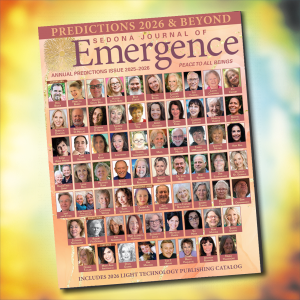The Dalai Lama: "A Simple Buddhist Monk"
The Dalai Lama: "A Simple Buddhist Monk" Victor M. Parachin
In the fall of 1979, New York’s magnificent St. Patrick’s Cathedral was overflowing with people who had come for an extraordinary interreligious prayer service hosted by Terence Cardinal Cooke. Cooke reminded those present that people from different religions could and should seek “common ground” and “make each other welcome” in their houses of worship. The speaker, surrounded by a group of Catholic, Protestant, and Jewish clergy, was the fourteenth Dalai Lama of Tibet. As he approached the pulpit to speak, he was greeted by a spontaneous and lengthy standing ovation. Those present, who included a heavy representation of younger people, listened carefully as the Dalai Lama told them that Buddhism has something powerful to offer the materialist West: compassion. He reminded people that compassion is one of the most important things in the world and that “you cannot buy compassion in one of New York’s big shops.”
At that time, the Dalai Lama was relatively unknown and many people would have had trouble locating Tibet on a map. Today, however, the Dalai Lama is one of the best known and honored spiritual leaders on the planet. In fact, Time listed the Dalai Lama as one of the world’s “Top 25 Political Icons.” The magazine explained this ranking as follows: “To countless Tibetans, his holiness the Dalai Lama is a spiritual leader and a head of state in absentia. But to people around the world, Tenzin Gyatso is not only the greatest and most public advocate for Tibetan rights and the virtues of Tibetan Buddhism, but for interfaith tolerance and peace as well. For decades—and from exile since 1959— he has worked to resolve tensions between Tibet and the People’s Republic of China. And like Gandhi and Martin Luther King, Jr. before him, the Dalai Lama has done so in a manner defined by nonviolence and tolerance. In 1989, he was awarded a Nobel Peace Prize for his efforts.”
- Log in to post comments








